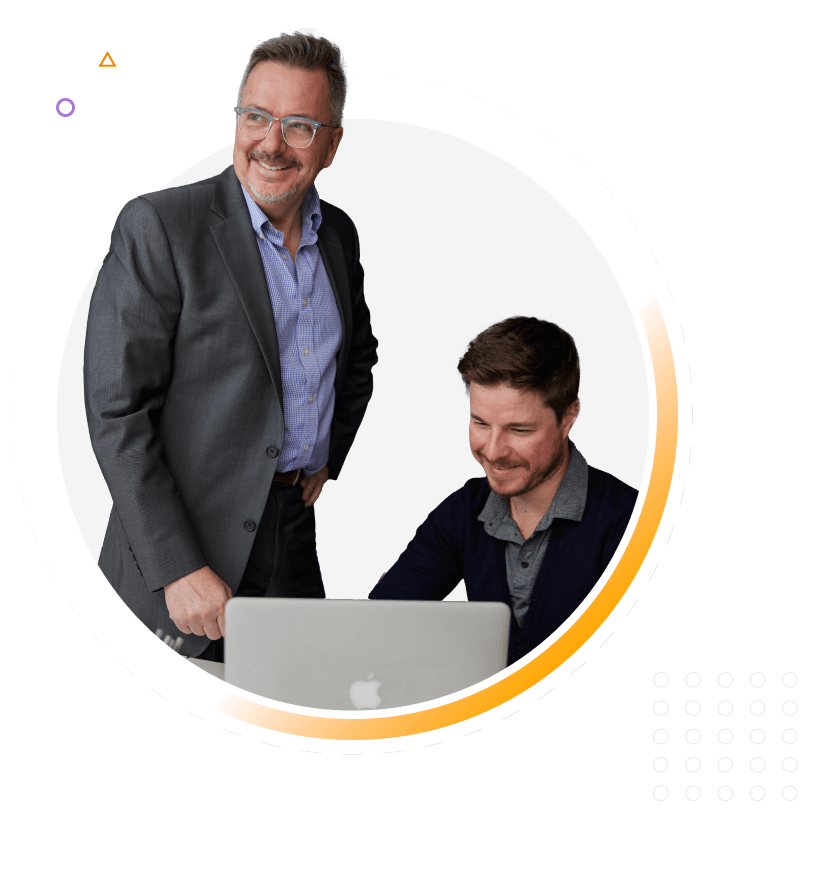Precision isn’t optional when dealing with healthcare records—it’s essential. That’s why the topic of how certified translation services ensure the accuracy of medical documents deserves close attention. Inaccurate translations can lead to serious misunderstandings, potentially compromising patient safety.
This blog will explain how professional services protect the integrity of medical content, who performs these translations, and the processes they follow to ensure nothing is lost in translation.
The High Stakes of Medical Document Translation
Medical documents often include complex terms, specific instructions, and sensitive patient data. A mistranslated dosage or misunderstood condition can have real-world consequences. That’s why certified translation services rely on professional medical translators who not only speak the language fluently but also understand the healthcare field deeply.
For example, patient records, discharge summaries, and clinical research all require an exceptional level of detail. Certification ensures that the translator has been trained to follow strict standards and can provide work that meets linguistic and medical accuracy requirements. That’s not just a best practice—it’s a necessity.
Why Certification Matters in Translation Services
The term “certified” means more than a stamp on paper. It confirms that a qualified professional has completed and reviewed a translation for translation accuracy. This process includes validation steps like quality assurance reviews, editing by a second linguist, and verification against original texts.
Certification is especially critical in regulated industries like healthcare, where documents must be submitted to medical boards, legal entities, or government agencies. A certified translation gives both institutions and patients the assurance that the content is accurate and trustworthy.
If your medical documents are being translated by someone without proper certification or healthcare knowledge, the results could compromise credibility and care.
Key Steps to Ensure Accurate Medical Translations
Certified medical translation services follow a detailed process to ensure precision. Here’s what that process often includes:
Document Analysis
Every project begins with a review of the original content. This step identifies technical terms, context, and potential challenges.
Translator Selection
A translator with expertise in both the language pair and medical subject matter is chosen. This ensures they can understand and correctly translate nuanced information.
Translation and Editing
The first translation draft is completed, then edited by a second linguist to catch any inconsistencies or errors.
Final Review and Certification
A certified translator signs off on the final version, confirming that it matches the original in meaning, tone, and technical content.
This process ensures that translated medical documents are not only linguistically accurate but also medically precise.
Benefits of Using Professional Medical Translators
Choosing a certified service provides peace of mind. Professional medical translators are trained to handle sensitive data and understand cultural nuances that could otherwise be misinterpreted. This is especially important for:
- Patient intake forms
- Consent documents
- Clinical trial data
- Lab results and diagnostic reports
A simple translation error can result in misdiagnosis, inappropriate treatment, or compliance violations. Certified translators stay current with medical terminology, so your documents reflect the most up-to-date language and practices.
Moreover, these professionals understand the legal implications of their work. They maintain strict confidentiality, comply with privacy laws, and follow proper documentation procedures—key aspects when translating health records for clinics, hospitals, or insurance purposes.
On the Blog: The Importance of French-English Translation Services in Canada
Final Thoughts on Ensuring Accurate Medical Translations
So, how do certified translation services ensure accuracy for medical documents? They follow strict processes, rely on trained experts, and maintain quality control at every step. This approach protects patients, supports providers, and ensures that communication remains clear and compelling across languages.
Choosing a certified translation partner is not only a wise decision for anyone handling medical documents; it is the safest option. At 5 Star Translation, we take accuracy seriously because we know your work depends on it.
Why Trust 5 Star Translation with Your Medical Documents
When it comes to translating critical healthcare materials, you need a partner who values precision as much as you do. At 5 Star Translation, we provide certified translation services that prioritize accuracy, privacy, and clarity. Whether you need patient records, research documentation, or clinical notes translated, we’re here to help.
Let’s ensure your message is never lost in translation—contact us today to get started.




